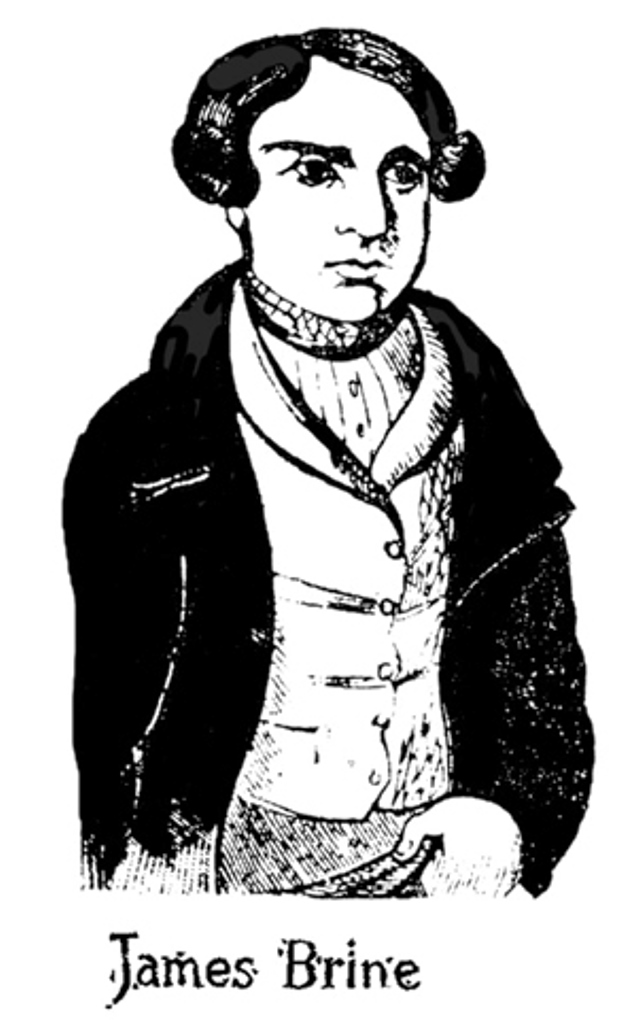Tolpuddle Martyrs and the Hunter Valley
Featured Image: James Brine
Several times a year I drive via ‘Glendon’, Singleton to my home at Hawks Nest. ‘Glendon’ was a magnificent historical property originally established by the Scott Brothers (Robert and Helenus) in the 1820s. Its 80,000 acres hosted a central homestead, 300 horses, 9000 horned cattle and tens of thousands of sheep. ‘Glendon’ was home to celebrated thoroughbred stallions ‘Toss’ (1828) and ‘Dover’ (1830). Both stood there. I always reflect quietly and dwell calmly on the poignant association between ‘Glendon’ and one of the Tolpuddle Martyrs who spent some years of enforced servitude there.
I learned about the Tolpuddle Martyrs from my history teacher Mr Collins at Ackworth School in the 1950s. It stuck in both my mind and memory. The Tolpuddle Martyrs were six agricultural labourers from Dorset, England, who were arrested for wilfully administering an oath as members of the Friendly Society of Agricultural Labourers in 1834. At the time, Friendly Societies had strong parallels with today’s trade unions and were viewed as a threat by the British Government. The Tolpuddle Martyrs were sentenced to seven years transportation to Australia.
In August 1834 five of the six arrived in Sydney on the ship Surrey. They were James Loveless, Thomas Standfield, John Standfield, James Hammett and James Brine. The sixth man, George Loveless, was sent to Van Diemens Land (later called Tasmania).
Of the five who landed in Sydney, three were assigned in the Hunter Valley. James Brine was initially assigned in Sydney and then had the misfortune to be transferred to Robert Scott at Glendon in the Upper Hunter. James Brine was robbed of all his possessions by bushrangers on the first night after landing near Morpeth on the Hunter River. Robert Scott did not believe his tale of woe and accused him of blatantly lying. He was severely admonished by Robert Scott when he arrived:
‘You are one of the Dorchester machine-breakers, but you are caught at last’.
Brine was given the task of digging postholes although his feet were cut and sore. Although he became ill after spending several days in a creek washing sheep and badly needed a coverlet, Robert Scott refused to give him any blankets, shoes or clothing until the six months regulation period was up. He told Brine:
‘I will give you nothing until you are due for it. What would your masters in England have had to cover them if you had not been sent here? I understand it was your intention to have murdered, burnt and destroyed everything before you, and you are sent over here to be severely punished, and no mercy shall be shown you. If you ask me for anything before the six months is expired, I will flog you as often as I like – don’t you know that not even the hair on your head is your own?’
It must have been ‘hell on earth’ for James Brine and possibly the others too?
Thomas Standfield was assigned to Timothy Nowlan on his estate between Maitland and Paterson. His son John Standfield was assigned to Richard Jones in Sydney but sent to Jones’ farm at Bolwarra, Maitland (father and son ended up just a few kilometres from each other). Bolwarra is also a passing point on my road journey to the coast.
Meanwhile back in England the six men had become popular heroes, martyrs for the union cause, and 800,000 signatures were collected for their release. Their supporters organised a political march, one of the first successful marches in the UK. In September 1836 they were granted conditional pardons, followed shortly after by absolute pardons. They returned home as free men but five of the six eventually settled in Ontario, Canada. Most achieved significant success in civilian life as well as continuing political activism as ‘Chartists’.
References:
Marlow, Joyce. ‘The Tolpuddle Martyrs’ London, 1971










